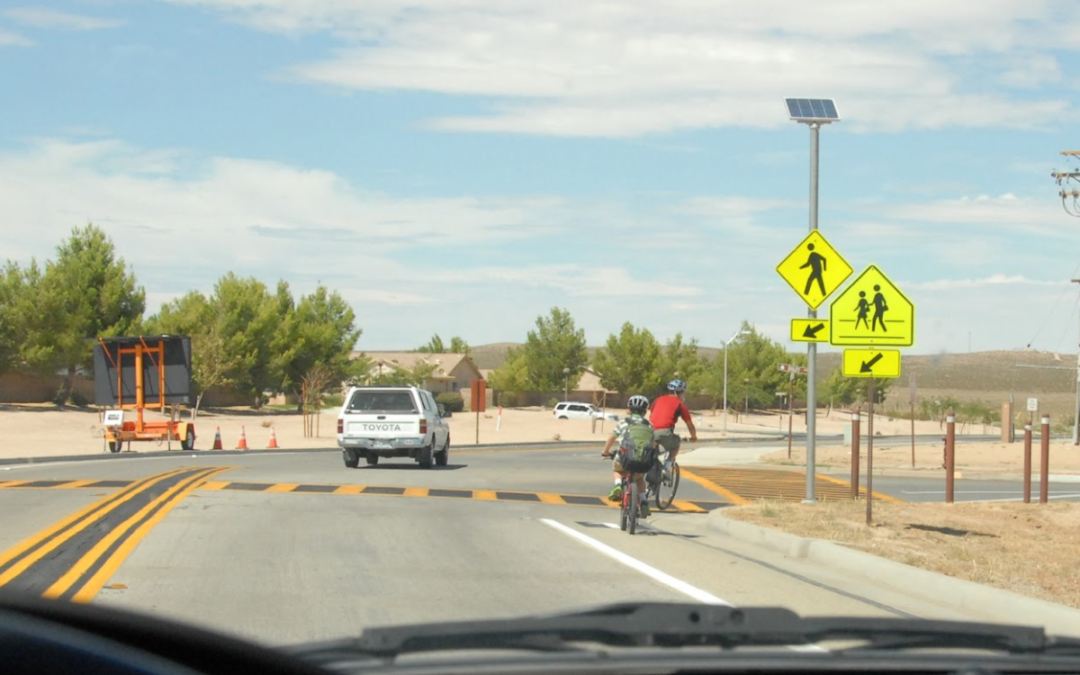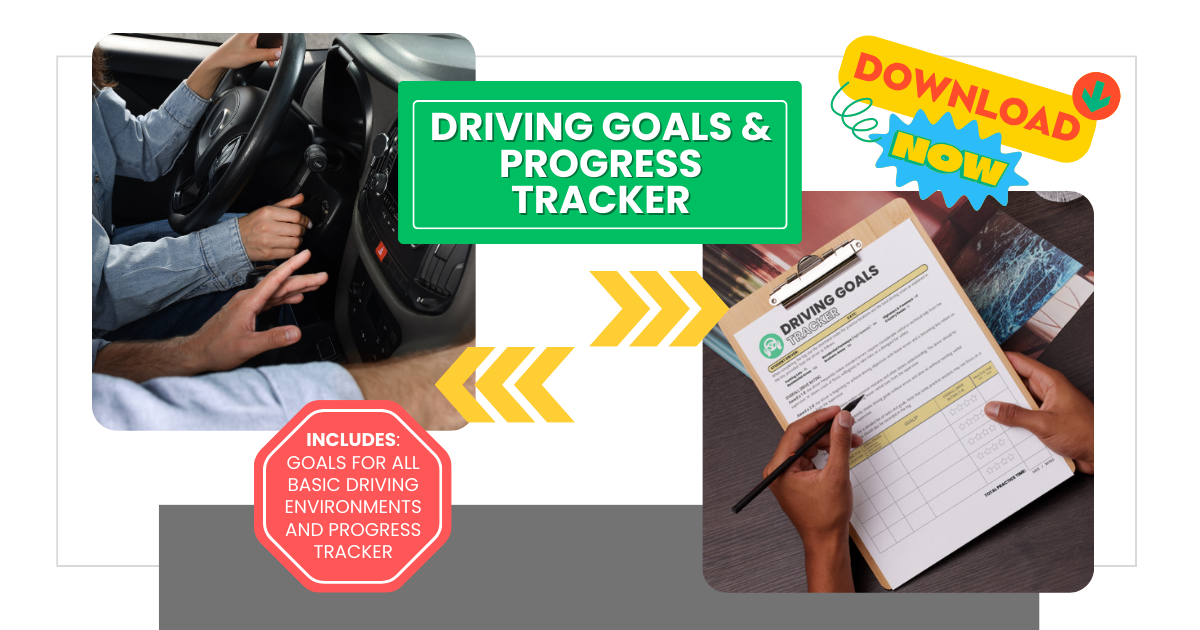Hazard Detection in Residential Areas | DRIVING SKILLS FOCUS
| Driving Tips for New Drivers, Parents & Teens |
Navigating through residential areas necessitates not only a heightened sense of awareness but also an anticipatory approach to safely maneuver through the myriad of potential hazards that may arise. In contrast to highways or commercial streets, residential zones are teeming with unpredictable elements, ranging from playing children to hidden driveways, all of which require meticulous attention. Consequently, this blog post aims to explore what drivers should vigilantly monitor and where they should direct their focus to prevent accidents and guarantee the safety of all road users.
Recognizing Common Road Hazards in RESIDENTIAL AREAS
Other Cars
Parked cars, narrow lanes, or vehicles making sudden stops for pedestrians often interrupt the flow of traffic in residential neighborhoods. Watch for brake lights, turning signals, and cars pulling into or out of parking spaces.
Dogs Off Leashes and Children Chasing Balls
Homes and parks in areas tend to have pets and children playing nearby. Dogs might run unexpectedly into the street, and children, engrossed in their play, could chase a ball into the road without noticing oncoming traffic. Slow down and remain vigilant.
Pedestrians Distracted by Electronic Devices
Smartphones have increased the number of pedestrians less aware of their surroundings, a particular danger in residential areas with high foot traffic. Be always ready to stop, especially near crosswalks and corners.
Speed Bumps and Road Debris
Residential areas commonly use speed bumps to slow traffic. Look out for these and other obstacles, such as debris from trees or construction materials left on the road, especially after bad weather.
Motorcycles, Motorized Scooters, E-bikes and Bicyclists
As more people commute or recreate using bicycles and motorcycles, be mindful of these smaller, more agile road users. Parked cars or other objects can often obscure them, so it’s crucial to check blind spots and signal early.
Anticipating Hidden Dangers
Cars Backing Out of Driveways
Vehicles backing out of driveways present a common hazard in residential areas. They might not see you, especially if their view is blocked by landscaping, fences, or other vehicles. Slow down and prepare to stop.
Obstructed Views: Hills and Curves
Your line of sight is naturally limited when approaching the top of a hill or a curve in a residential area. Approach with caution, ready for the unexpected, such as a child on a bike or a slow-moving vehicle just out of sight.
Hazard Detection in Residential Areas | DRIVING SKILLS FOCUS
Driving in residential areas necessitates proactive hazard detection on your part. Firstly, by understanding where to look and what to keep an eye out for—be it other cars, pedestrians, speed bumps, or concealed hazards—you significantly reduce the likelihood of accidents. Furthermore, consistently maintaining a safe speed and adhering to local traffic laws are essential practices. Moreover, remember that patience and attentiveness are crucial, serving as your key tools not only for ensuring your own safety but also for safeguarding the broader community.
Drive with Confidence!
Keep up with all the latest driving news. Expolre our blog packed with essential tips and expert advice on all things related to DRIVING!






